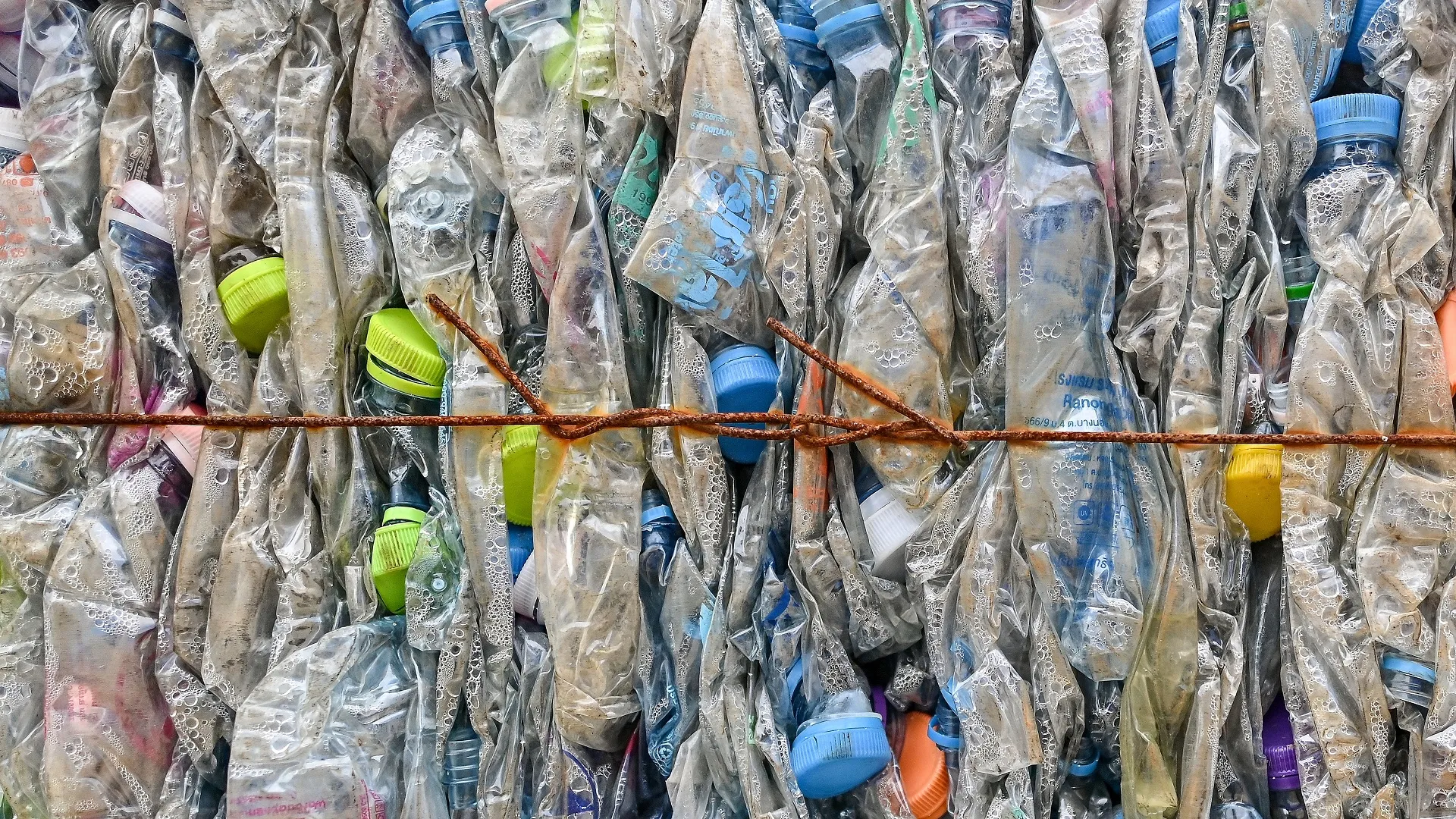Copyright Interesting Engineering

Plastics don’t just pollute oceans, they leach Invisible poisons that linger for years. Now, scientists have discovered that the crystal structure of natural iron minerals could determine how fast these pollutants break down in the environment. According to the new study, certain forms of iron oxyhydroxide nanominerals can catalyze the degradation of organophosphate esters (OPEs), chemical additives used in plastics as flame retardants and softeners. These additives are turning up everywhere, from air and water to soil, and are suspected endocrine disruptors that interfere with hormones in humans and animals. The research team led by Prof. Chuanjia Jiang from Nankai University found that not all iron minerals behave the same. The atomic structure changes how efficiently they can dismantle these pollutants. “Plastic additives like OPEs are designed to improve materials but end up as invisible pollutants that persist in the environment,” Jiang said. “Our research shows that the tiny details of mineral structure can determine how quickly and efficiently these compounds are broken down.” To uncover this, the scientists tested three common iron nanominerals—goethite, akaganeite, and lepidocrocite—using a model compound called p-nitrophenyl phosphate. They wanted to see which mineral accelerated the chemical reaction that splits OPE molecules apart using water, known as hydrolysis. Crystals that cleanse All three minerals sped up the breakdown under typical environmental conditions, but the rate depended heavily on crystal structure. Lepidocrocite emerged as the fastest catalyst, followed by akaganeite and goethite. The team traced the difference to two competing factors: how tightly pollutants stick to the mineral’s surface and how reactive those surface sites are once binding occurs. Akaganeite gripped pollutants most strongly, but lepidocrocite had more chemically active sites that triggered faster bond breaking. Advanced spectroscopy and simulations revealed why. Lepidocrocite’s surface iron atoms create stronger electric fields that pull electrons from the pollutant’s phosphorus atom, making it more susceptible to attack by water molecules. “This crystal-dependent behavior explains why some forms of the same mineral can be much more effective catalysts than others,” Jiang explained. Nature’s hidden cleanup crew Iron oxides are abundant in soil and sediments, meaning this natural catalytic effect could be happening quietly across the planet. As plastics break down into micro- and nanoplastics, their additives can leach out and interact with these mineral surfaces, affecting how quickly they degrade and how toxic they remain. The study’s insights could help scientists model pollutant persistence and even engineer better cleanup materials inspired by these minerals. “It also highlights the need to consider nanoscale structure when assessing the environmental fate of pollutants,” Jiang said. Still, the team notes that the real world adds complexity. Minerals can mix with organic matter, ions, or even change their crystal form, altering their catalytic abilities. The researchers now plan to explore how these conditions influence the breakdown of OPEs and other emerging pollutants. Supported by the National Natural Science Foundation of China, the Tianjin Municipal Science and Technology Bureau, and Rice University, the work could reshape how scientists think about pollution cleanup by looking closer at the tiniest details hidden in common minerals. The findings from the study have been published in Environmental and Biogeochemical Processes.



